How is 2022 shaping up for Brazilian airlines?
As the second-longest year of our lives – the longest was 2020 – gets far behind in the rearview mirror, it’s time to recollect the highlights of 2021.
And as Latin America aviation specialists, Aviacionline is bringing to its readers a wrap up of the highlights of the largest in Brazil in the past year, with what to expect for 2022.
We have ordered airlines by their ranking, measured by RPKs, in the currently available dataset of statistics provided by Brazil’s regulator, Anac, which ranges from January to November 2021.
Azul
Surprisingly or not, Azul became the country’s largest airline by RPKs in 2021. The airline made the most of its fleet flexibility that now includes aircraft as little as the Cessna Grand Caravan to boost its connectivity.
Speaking of Caravans, in 2021 Azul used Azul Conecta, its Cessna-operator subsidiary which it bought in 2020, as a proxy to pay less for fuel in many states of the federation.
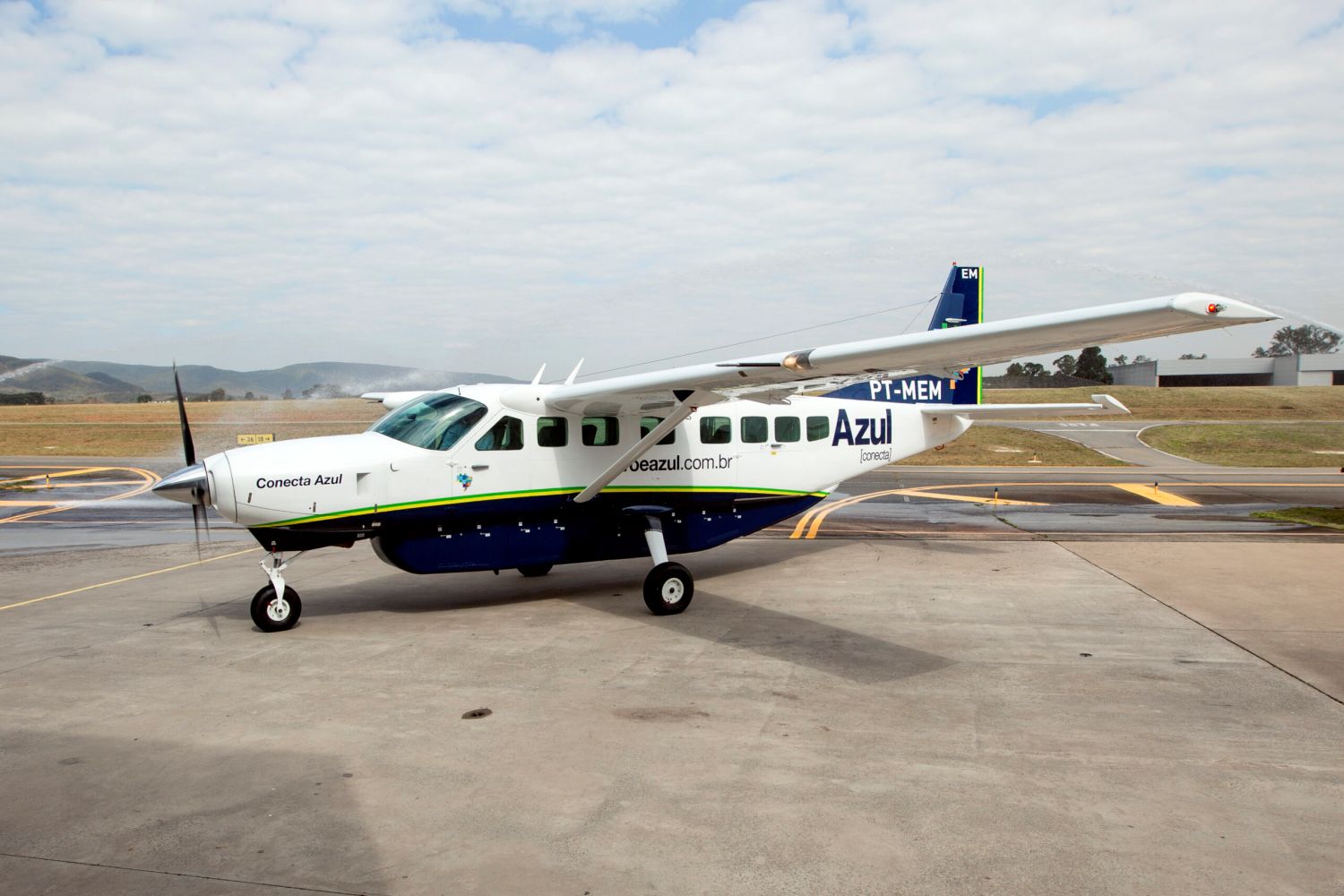
How so? There’s this state tax called ICMS in each Brazilian state; it is charged over goods and services, including jet fuel.
Some years ago, Azul started doing deals with states in which the more regional destinations/flights it served within that unit of federation, it would earn progressive discounts on the ICMS tax for all flights from that state.
In 2018, GOL thought that was a great idea and it started hiring Two Flex, Brazil’s largest Cessna Caravan operator, to operate flights on its behalf to snatch such deals in a smaller scale at a smaller cost.
On early 2020, Azul took over Two Flex to rob GOL of this competitive advantage, but also to incorporate this capilarity of deal-making capacity. All in all, it was only this year that Azul put this project to full speed.
Now, thanks to Azul’s Cessna Caravans, it pays less on fuel in many states. Flying a nine-seater five times a week from Porto Alegre to Bagé, in Rio Grande do Sul state, for example, will now make the airline save thousands in tax it would pay on a 214-seater flight from Porto Alegre to Campinas in an Airbus A321neo. These smaller flights might not make money themselves, but they sure do a subsidizing job that is unreachable – for now – to Azul’s competitors.
Naturally it’s not this that put Azul in the situation it is at right now, as Azul Conecta is even counted as a separate airline – with mere 0.02% of 2021’s domestic RPKs in the country.
Azul progressed with its upgauging strategy, albeit much more slowly than pre-COVID. It has reactivated practically its entire fleet already, but since 2020, the airline dropped nine older-generation Embraer E1s with no immediate replacement.
The key ingredient of this upgauging, as the market has learned in the last «Azul Day» for investors, is that every new aircraft in the company’s fleet can produce much better costs than the E1s, meaning more competitiveness against GOL and LATAM, especially in markets where it is more exposed.
With that, Cirium’s Diio Mi application shows that Azul led the recovery – in terms of capacity by ASKs – in 21 of Brazil’s top 30 domestic airports as of December 2021, versus the same month in 2019.
In 2022, don’t expect Azul to do much differently than what it did in 2021; if anything, it will only intensify the upgauging efforts – but on the other side of the aircraft spectrum, it should also increase its efforts with the Cessna Caravan.
For June 2022, as of the latest capacity updates, Azul leads the recovery in 16 airports of the top 30, which is still an impressive figure, as the runner-up – LATAM – leads in eight, only half of that.
LATAM Brasil
LATAM Brasil has had a tricky year. It is arguably the core of the LATAM Airlines Group – basically half of the conglomerate’s operation are Brazil-based – and as such, it is, out of the three major airlines in the country, the most exposed to COVID, as it had, by far, the largest international network pre-pandemic.
It is, additionally, the only out of the three in bankruptcy proceedings, standing in the Chapter 11 process in a U.S. court.
But at the same time, this curse might prove a blessing to the airline, as Chapter 11 allows it to renegotiate all sorts of contracts, reducing the company’s overall costs.

On the commercial side of the operation, LATAM Brasil also did not stay still. It has started, without adding new aircraft types to its fleet, to serve destinations it had previously abandoned.
In December 2021, according to Cirium’s Diio Mi application, Chapecó, Jericoacoara, Juazeiro do Norte, Petrolina and Vitória da Conquista were the new cities it hadn’t operated at in the same month of 2019 (Bauru and Campinas were slashed, however).
For June this year, another six are expected to be in: Cascavel, Caxias do Sul, Juiz de Fora, Maringá, Montes Claros, Presidente Prudente and Sinop.
All of this good agenda is helped by the fact that, in the later stages of 2021, LATAM Brasil regained the first spot between airlines for the national market in terms of RPKs.
While the national market is going very well indeed for the company, international remains lagging. While the company reactivated a number of flights after restrictions started to be lifted and numbers are way over 2020, there is still a long way ahead for complete recovery.
2021 was the year where LATAM finally took the decision about its widebody fleet going forward, one that dropped outright all of its Airbus A350s, all of which were operated by LATAM Brasil.
The Brazilian branch of the group then incorporated its first Boeing 787, PS-LAA, allowing the group to operate interchange flights (for instance, a Chilean-registered 787 with Brazilian crew) with this aircraft type in Brazil.
Effectively, this leaves LATAM Brasil in the long-haul business with three well-defined choices: the 767-300, labeled by CEO Jerome Cadier a «route opener», the 787, an intermediate choice for well-matured markets, and the 777-300, that serves the densest, most premium routes of the network.
According to Cirium, December saw LATAM’s international capacity from and to Brazil in ASKs 52.3% below 2019. For June this year, it expects to be down 38.2%, which is naturally better, but still misses the following destinations: Johannesburg, Punta del Este, Rome, Rosario, Santa Cruz de La Sierra and Tel Aviv. Other destinations have seen significant reductions as well.
2022, therefore, will be a full 365 days for LATAM in Brazil; add the fact that the airline expects to leave its Chapter 11 process this year – one that Azul tried heckling during the course of 2021 – and you have a very interesting set of actions to observe next.
GOL
Much surprisingly (or not), GOL was the quietest one of the big three in Brazil during 2021 — of all years, the one it turned 20. Indeed, it is the one of the three with the most uneventful strategy to cross COVID; it is admitedly – as was said in its last investors call – not responding to its competitors’ aggressive behaviour with more aggressiveness – that is, with more capacity.
As such, it is the slowest mover of the three towards recovery. In December, of the countries’ top 30 airports by domestic traffic, it was the one that had recovered the least capacity of the three in 16 of these, that is, more than the other two combined, Cirium tells us.
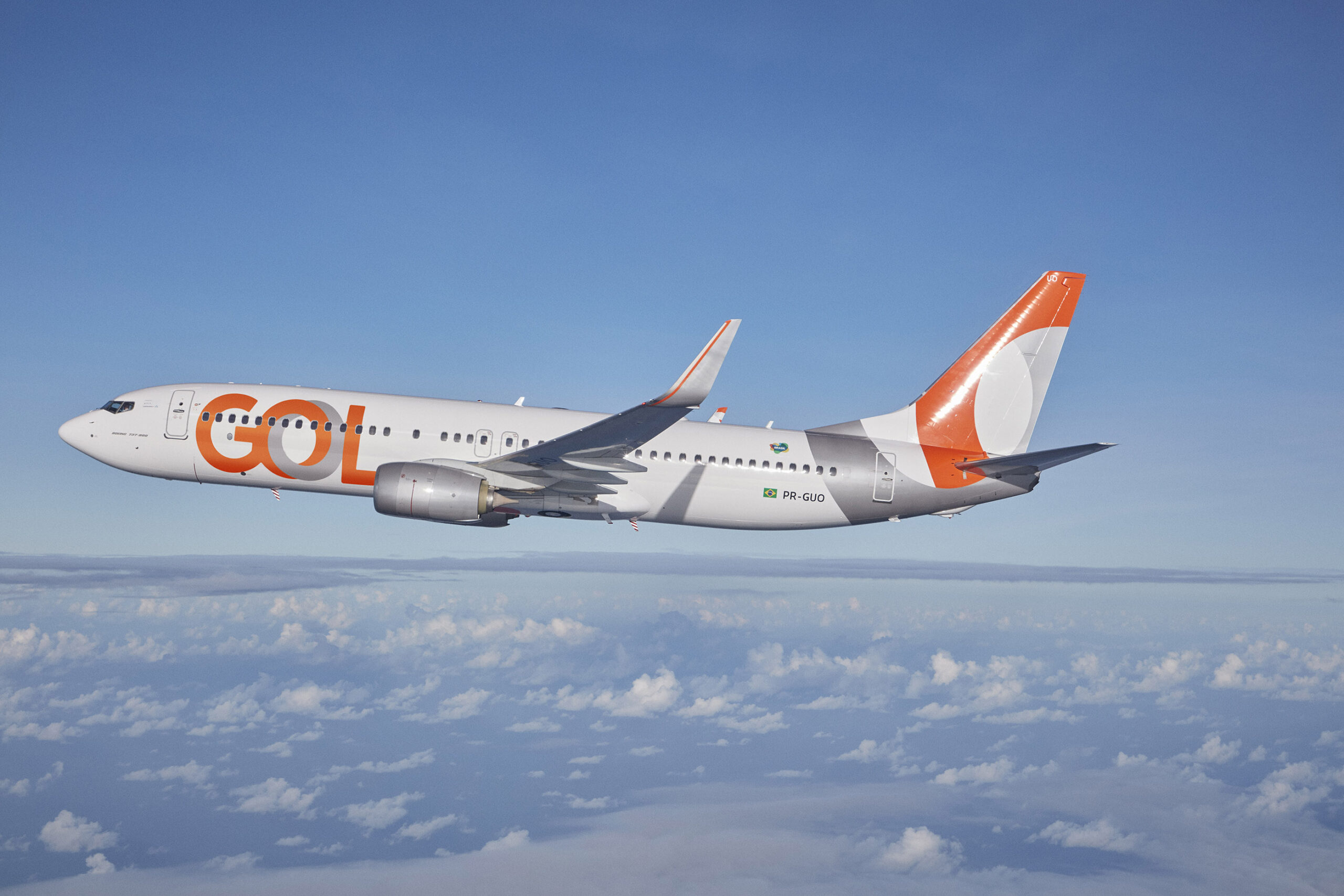
That is not to say that nothing happened in 2021 for GOL. In June, the airline announced the takeover of MAP Linhas Aéreas, a Manaus-based regional carrier that belonged to VoePass (as known as Passaredo) and operated seven ATRs.
Most importantly, MAP had 26 slots in Congonhas, the massively restrained, corporate-favorite São Paulo airport, many of which it had received from VoePass previously; moreover, GOL will not incorporate the ATRs, maintaining its single fleet model. The takeover was approved by Brazil’s antitrust body some weeks ago.
GOL also restarted its hub in Salvador after the second wave of COVID-19 receded in Brazil, one that is proving successful, and adding, once and for all, GOL’s stronghold in the country’s Northeast.
But the highlight of 2022 for the low-cost turned 20 was the partnership with American Airlines, including a USD200 million equity investment in GOL, which helps the airline’s financial position and, commercially, puts it back in the U.S. map, as it involves a comprehensive codeshare agreement.
With that, GOL enters 2022 believing that slow and steady wins the race, but no one can say it hasn’t a strong case towards that belief; after 20 years – 21 now -, the airline is radically different from its start, but in many ways for the better; GOL is now a mature airline, and don’t forget, it was the corporate’s favorite pre-COVID.
Itapemirim
«Nunca hubo una muerte más anunciada»; there had never been a death more foretold.
ITA is like García Márquez’s Chronicle of a Death Foretold all over, only that Santiago Nasar is ITA itself and so are the Vicario brothers; everyone knew what would happen, and to the surprise of no one, it was a disaster, a self-inflicted one.
A surprise, for many, was that this airline actually got out of the ground. Itapemirim started its operations halfway through the year, bootstrapped, by the insistency of Mr. Sidnei Piva, owner of Itapemirim, a very well-known bus brand which is under bankruptcy protection since 2016.
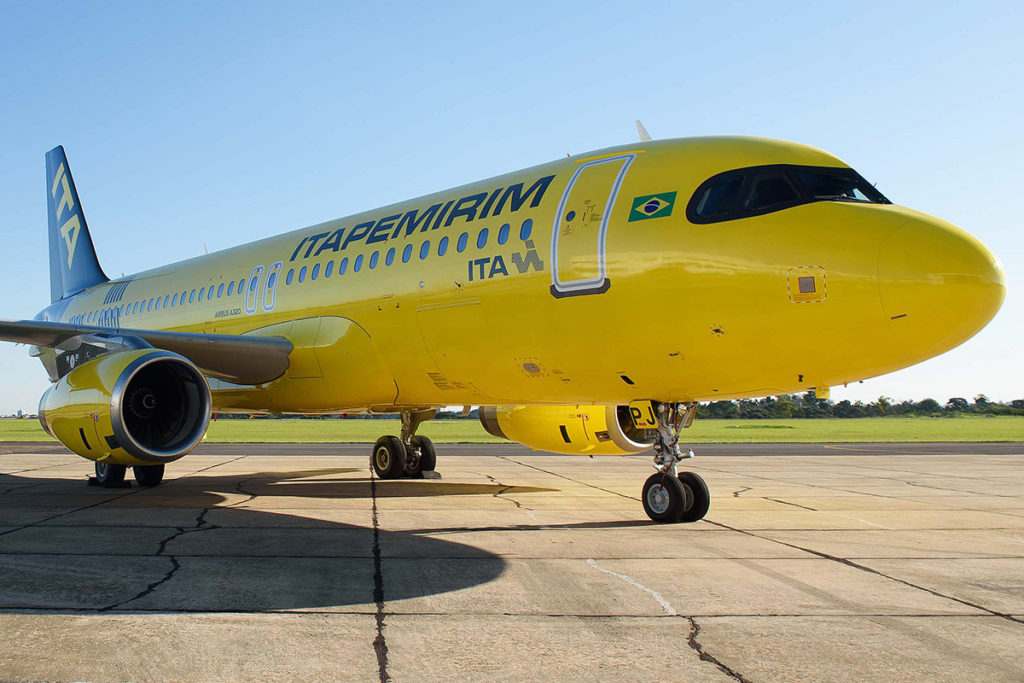
With no money, Itapemirim even got to run a fleet of five Airbus A320, with numerous operational and commercial issues, until, two weeks before Christmas, a handling supplier resigned, for lack of payment, from its contract with ITA – which saw itself with no option but to stop all operations.
Chaos in Brazilian airports was installed and the airline even deployed buses to get passengers to their destinations.
While ITA’s management says the company wants to get back flying, it will not be a challenge as easy as before, as the regulator will be under close watch from media and from customers.
VoePass
For years and years known in inner circles for its financial problems, it might be surprising that VoePass survived the COVID-19 pandemic – one that its founder and owner, Captain José Felício Filho, took very seriously, as very early in the disease, he saw himself for 21 days in an ICU.
As it happens, just before COVID hit the world, it seemed like VoePass, previously known as Passaredo, had finally found its spot in the sun – and one that pointed towards a less independent path in the market. It was granted slots in Congonhas and it merged its structure with Manaus’ MAP.
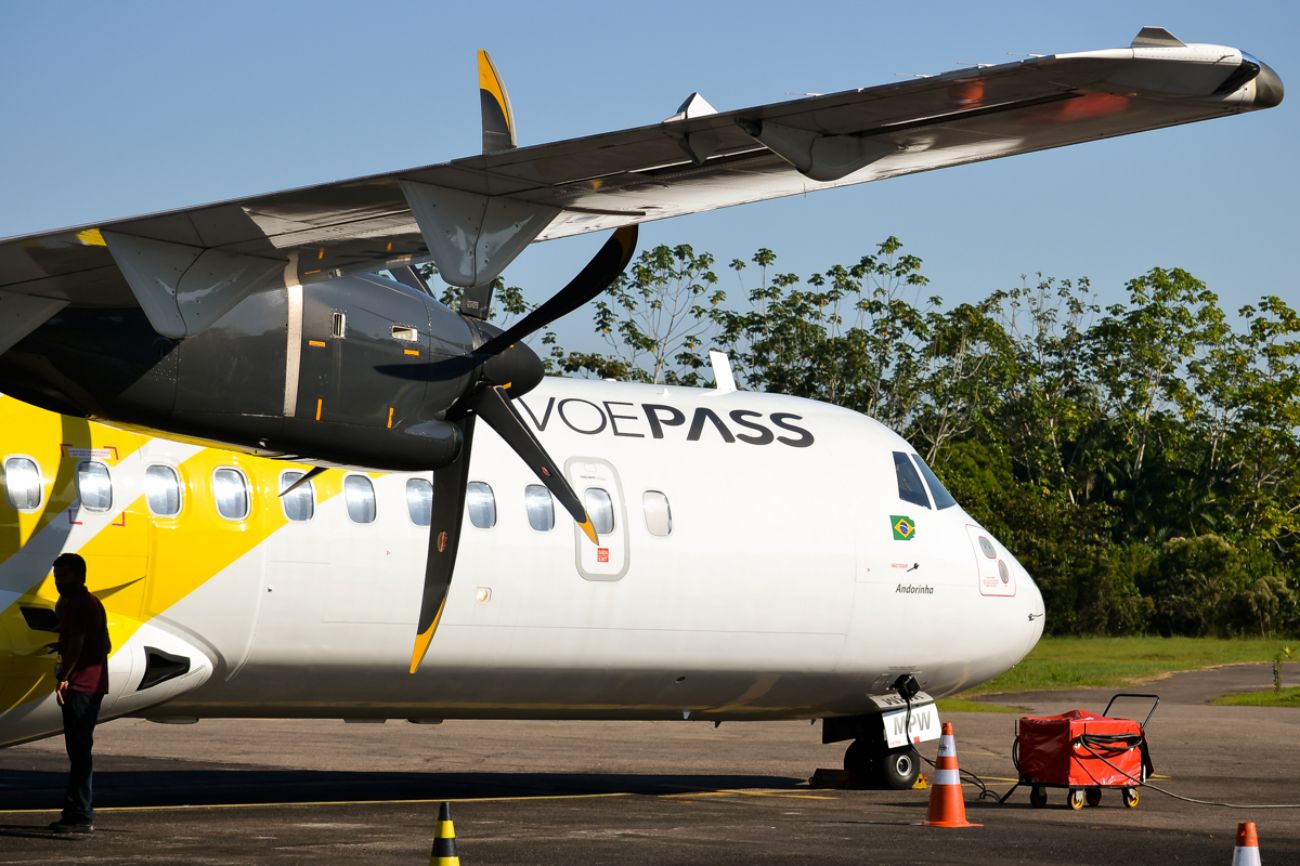
Most importantly, in a number of flights it had started to fly on behalf of GOL, with all commercial efforts provided by GOL.
But that is how 2021 was bounded by VoePass. The airline, arguably the last «pure» regional company of the country, stil retains MAP’s Northern network and a handful of flying from Ribeirão Preto, its base.
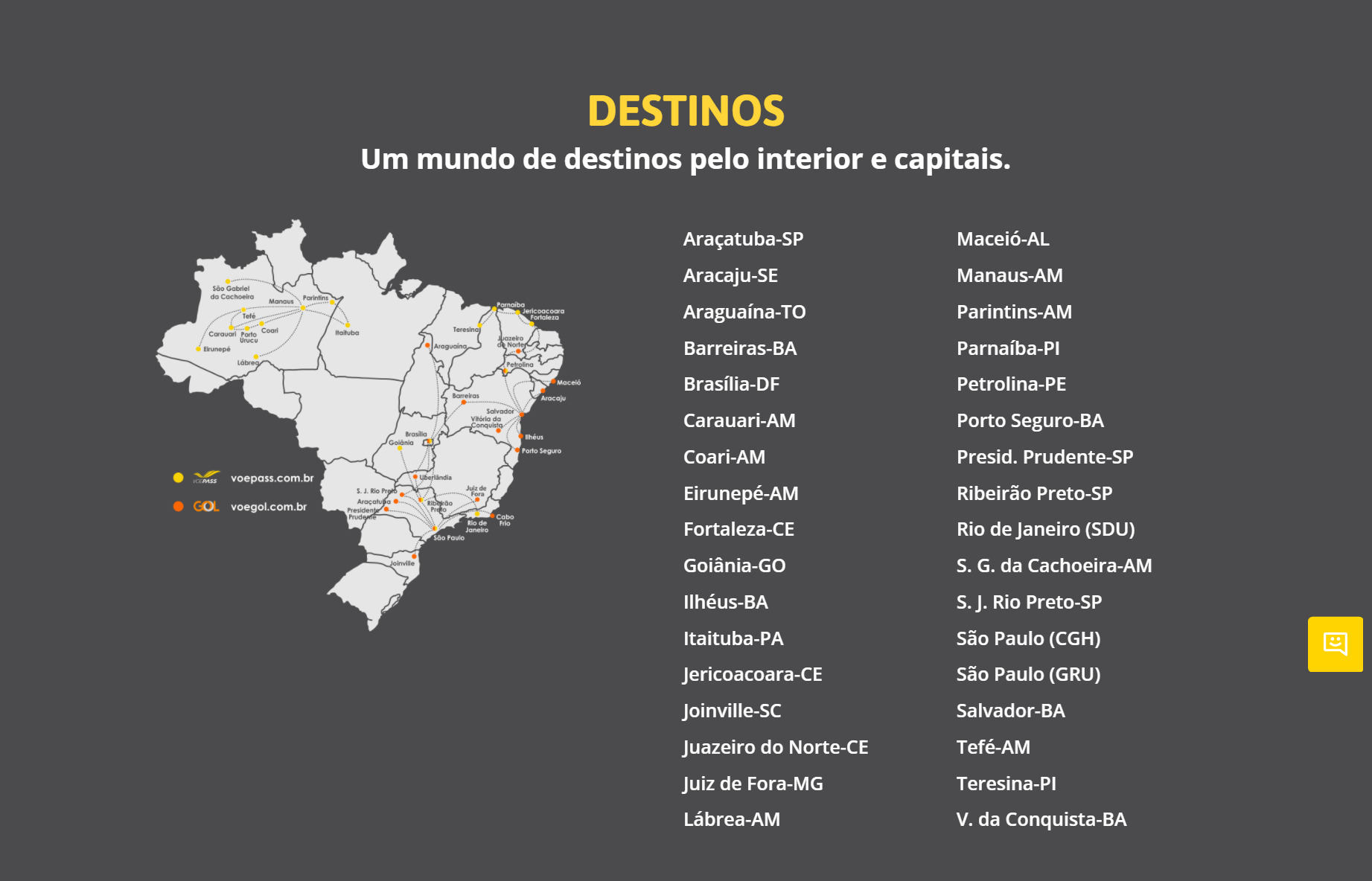
The company also launched an independent effort – helped by GOL’s sales engine – in the Northeast called «Rota das Emoções» – the emotions route – connecting Teresina to Fortaleza via Parnaíba and Jericoacoara.
Apart from that, all of VoePass’ network is sold by GOL, as its website shows; and for 2022, don’t expect that to change much.

/https://aviacionlinecdn.eleco.com.ar/media/2020/02/aeropuerto-pasajeros-brasil-guarulhos-san-pablo.jpg)
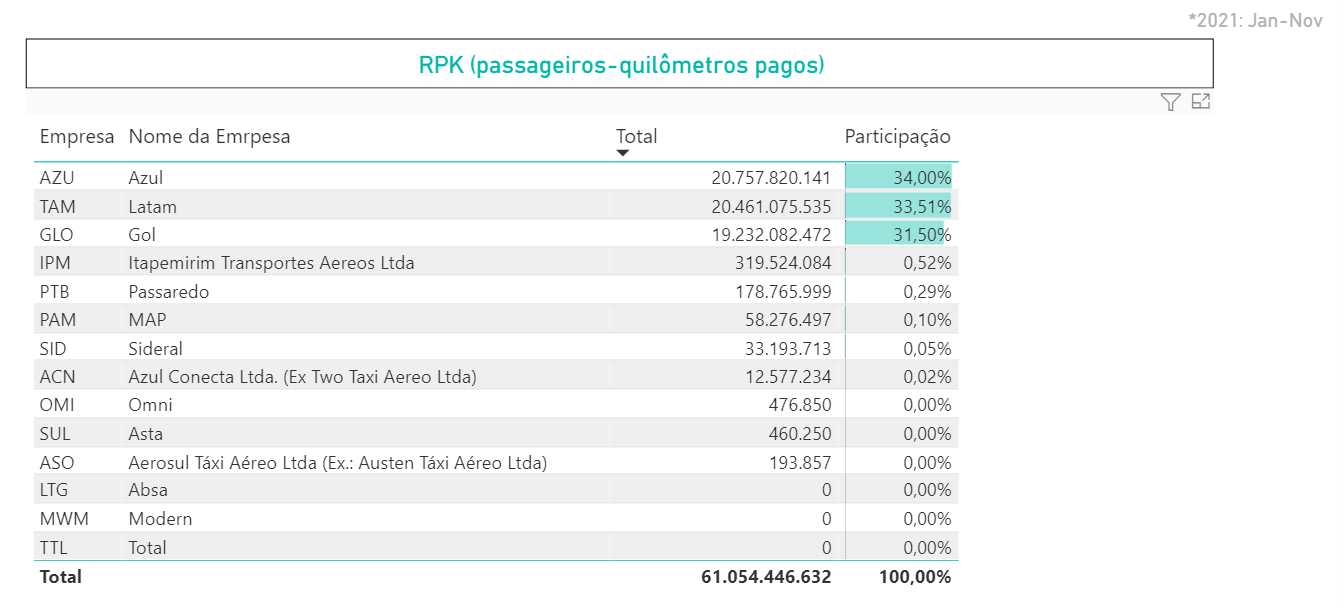

Para comentar, debés estar registradoPor favor, iniciá sesión